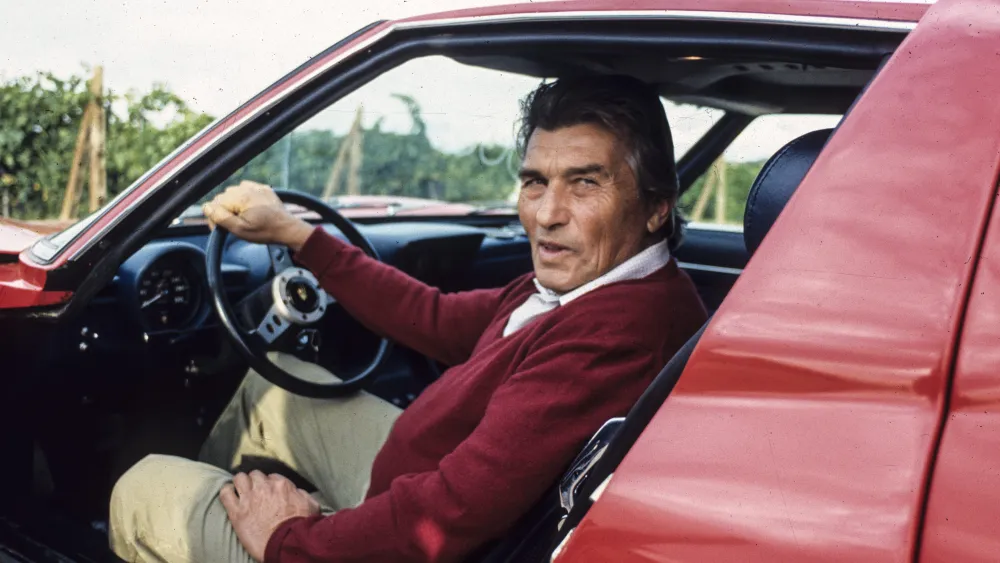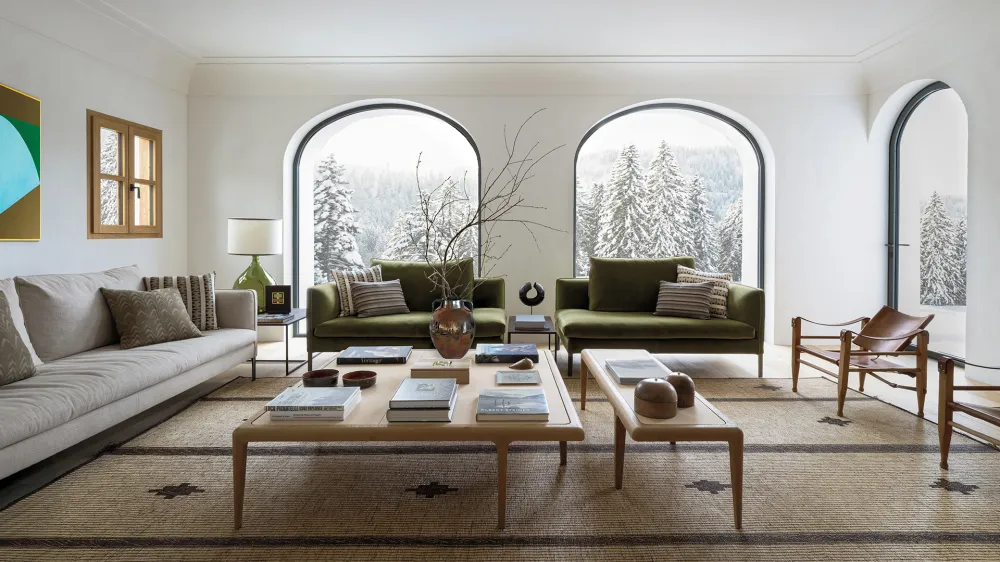According to legend, the Italian industrialist launched his supercar company after a fight with Enzo Ferrari.
Lamborghini needs no introduction. Since its founding in the mid-1960s, the Italian automaker has built supercars that have become cultural icons: The genre-defining Miura, the iconic Countach, and the jaw-dropping Aventador. These vehicles all wear the name of founder Ferruccio Lamborghini. A serial entrepreneur, Lamborghini parted ways with his car company before many of its greatest hits had ever been sketched—but his influence is still felt in modern Lamborghini today. This is the story of the man who let the bulls out of Sant’Agata.
Ferruccio Lamborghini was born on April 28, 1916, to a family of grape farmers in Renazzo, in the Cento region of northern Italy. The oldest of five boys, from a young age Ferruccio showed more interest in the machinery around the farm than he did in agriculture. As a boy, he left primary school to enroll at Fratelli Taddia, a technical school near Bologna. His father had promised him the family farm, but Ferruccio was enamored with machinery and chose to become a blacksmith’s apprentice instead.
In 1934, after graduating from technical school, Lamborghini got a job at Cavalier Righi. One of the most important manufacturers in Bologna, Righi was responsible for constructing and maintaining vehicles for the Italian Army.
In 1940, as World War II unfolded, Lamborghini was drafted into the Italian Royal Air Force. The experienced young mechanic was sent to the Greek island of Rhodes, in the Aegean Sea, where he was assigned to the Mixed Maneuver Motor Fleet. He soon became head of the motor fleet, responsible for maintaining the Army’s fleet of trucks, tractors, and tactical vehicles on the island. Here, he developed a deep knowledge and appreciation for diesel engines, working on diesel-powered heavy-duty military vehicles. Toward the end of WWII, Rhodes was occupied by German forces. Most Italian soldiers fled the base, but Lamborghini returned in civilian clothes and, with the permission of the occupying Germans, opened a mechanic’s shop in Rhodes.
Tractor Magnate
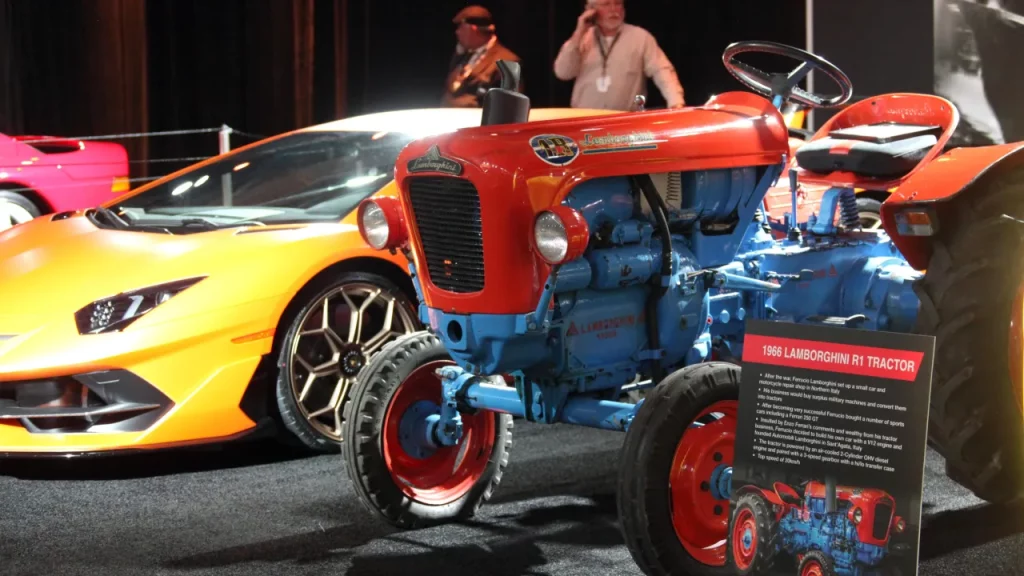
As WWII drew to a close, Lamborghini was briefly held as a prisoner of war by British forces. In 1946, he finally returned to his homeland in the farming regions of northern Italy, opening a mechanic’s shop.
Far away from the main roads and big cities of Italy, the Cento region had come through the conflict relatively intact. Farmers, unable to afford machinery, were struggling to maintain their land. Inspired, Lamborghini hatched an idea to build affordable tractors. The first Lamborghini tractor was shown at a village feast day in 1948, and Ferruccio received more than 10 orders for tractors that day. Sensing an opportunity, Ferruccio’s father put up the family farm as collateral to secure a loan to build the Lamborghini tractor business.
In the early 1960s, Lamborghini Trattori employed nearly 400 people, and was producing upwards of 25 tractors per day. Ferruccio was a wealthy and successful businessman. In addition to the tractor company, he had launched another business making home furnaces and air conditioners. But he wanted to form a new company, one that would satisfy his passion for sports cars.
A Legendary Fight With Ferrari
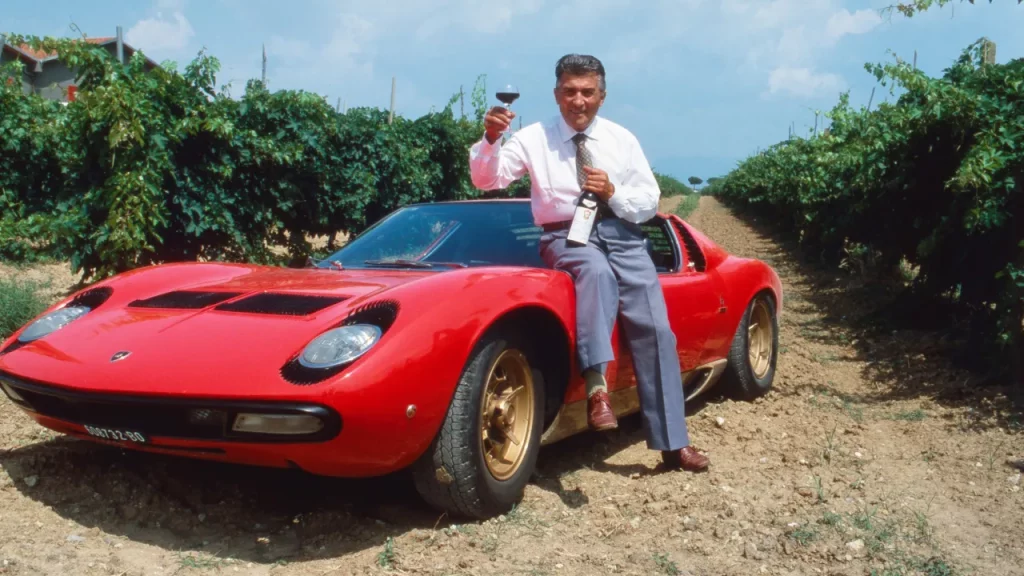
The First Lamborghinis
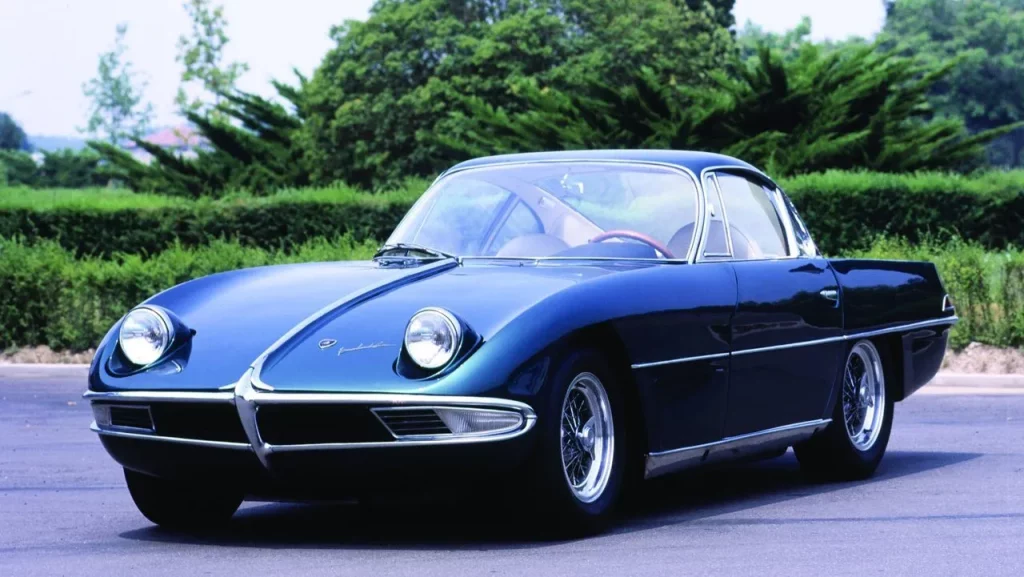
In May 1963, Automobili Ferruccio Lamborghini S.p.A. was founded in Sant’Agata Bolognese, Italy—not far from the headquarters of Ferrari, Maserati and Ducati. Giotto Bizzarrini, formerly a chief engineer at Ferrari, was tapped to develop an all-new V-12 engine. Giampaolo Dallara, who would go on to launch a legendary race-car engineering firm, was put in charge of chassis development. Franco Scaglione, today regarded as one of the most influential car designers, became head of styling.
The first Lamborghini road car, the 350GTV, was finished in just four months, and debuted at the 1963 Turin Motor Show. Renamed the 350GT, the production version was built in small numbers and sold at a loss, but it launched Lamborghini as an automaker, and prepared the world for what would come next.
Lamborghini Invents the Modern Supercar
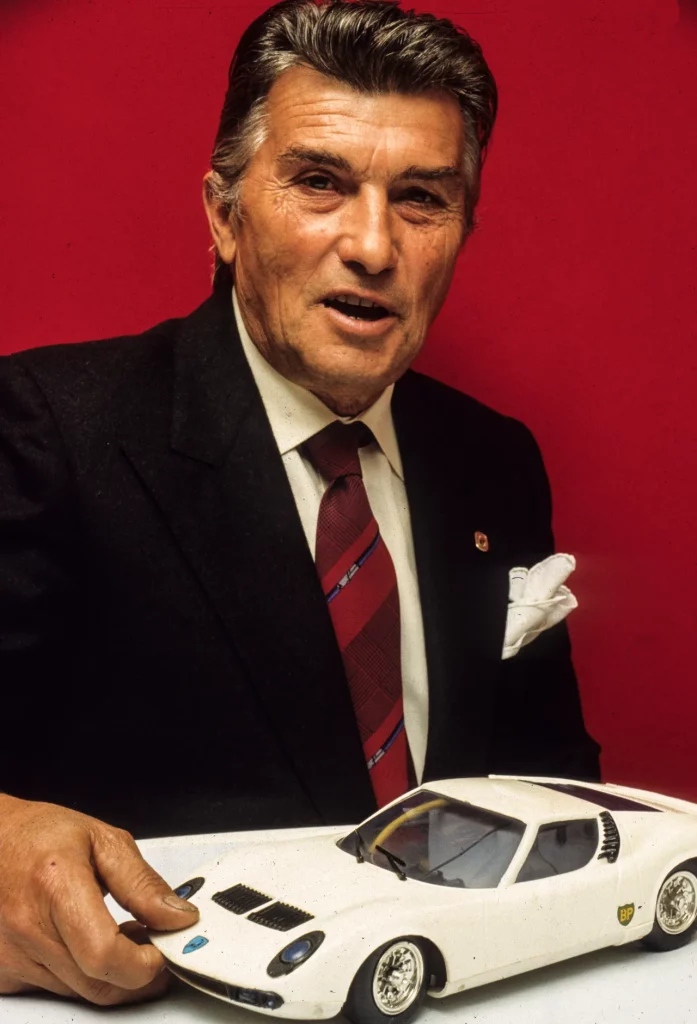
Ferruccio Lamborghini had founded his company, in part, to build grand touring cars. He found Ferrari’s road-going vehicles to be too rough and unrefined and blamed this on the fact that most Ferrari models were adapted from race cars. It’s ironic, then, that the most famous and beautiful Lamborghini in history was, essentially, a race car adapted to the road.
When Ferruccio hired a staff of young, ambitious engineers and designers, he gave them leeway to pursue their own ideas. They came up with a vehicle, code-named P400, that would set the template for nearly every modern supercar. It was wildly revolutionary for the era, with a transversely-mounted V-12 engine sitting directly behind the passenger compartment, driving the rear wheels. Lamborghini displayed the naked chassis at the 1965 Turin Auto Show, figuring it would work as a marketing tool. When potential customers began offering Ferruccio deposits, he realized the car represented an opportunity. Ferruccio hired Bertone designer Marcello Gandini, who penned a jaw-dropping design, and the Miura was introduced to the world at the 1966 Geneva Motor Show.
The Miura would go on to set the precedent for nearly every Lamborghini that would follow it: A V-12, mid-engine supercar with gorgeous styling, named in honor of a bullfighting legend. (Later Lamborghinis would be named for the bulls themselves, but the Miura pays homage to a legendary breeder of fighting bulls.)
elves, but the Miura pays homage to a legendary breeder of fighting bulls.)
Lamborghini Without Ferruccio

The founder of Lamborghini parted ways with his car company just a few short years after launching it. By the early 1970s, the impending oil crisis was threatening to hamper the market for high-performance supercars. In 1972, Ferruccio Lamborghini sold 51 percent of his stake in the car company that bore his name. By the following year, he had fully offloaded both the car company and Lamborghini Tractors.
Ferruccio Lamborghini retired to an estate near Lake Trasimeno in the Perugia region of Italy. There, he finally took up the pastime he had rejected as a child, cultivating grapes and making wine. He died in 1993, at age 76. His car company was sold to Chrysler in 1987, and later became part of Volkswagen Group in 1998. In 2023, Lamborghini’s annual sales exceeded 10,000 vehicles for the first time ever—largely based on the success of the Urus SUV.

